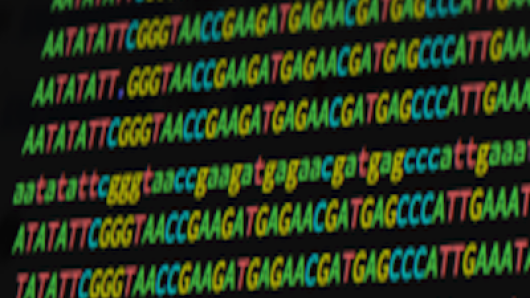Description
In this course you will learn :
- Begin by learning about exploratory data analysis (EDA) and why it is so important.
- Visual methods are used to analyse and summarise data sets in EDA, which comes before formal hypothesis testing and modelling.
- R will be our tool for creating visuals and performing analyses.
- Installing RStudio and packages, learning the layout and basic commands of R, practising writing basic R scripts, and inspecting data sets will all be covered.
- EDA is used to understand a variable's distribution and to look for anomalies and outliers.
- To make sense of a pseudo-data set of Facebook users, learn how to quantify and visualise individual variables within a data set.
- In visualisations, create histograms and boxplots, transform variables, and investigate tradeoffs.
- Before building predictive models, we can use DA to identify the most important variables and relationships in a data set.
- Learn how to investigate the relationship between any two variables in a data set.
- Make scatter plots, compute correlations, and look into conditional means.
- Discover effective methods and visualisations for examining relationships between multiple variables.
- How to reshape data frames and use aesthetics such as colour and shape to uncover more information
- Continue to develop intuition around the Facebook data set while also exploring some new data sets.
- Examine the diamonds data set with Facebook Data Scientist Solomon Messing.
- See how predictive modelling can help us determine an appropriate price for a diamond.
Syllabus :
- Wha t is EDA?
- R Basics\
- Explore One Variable
- Explore Two Variables
- Explore Many Variables
- Diamonds and Price Predictions








